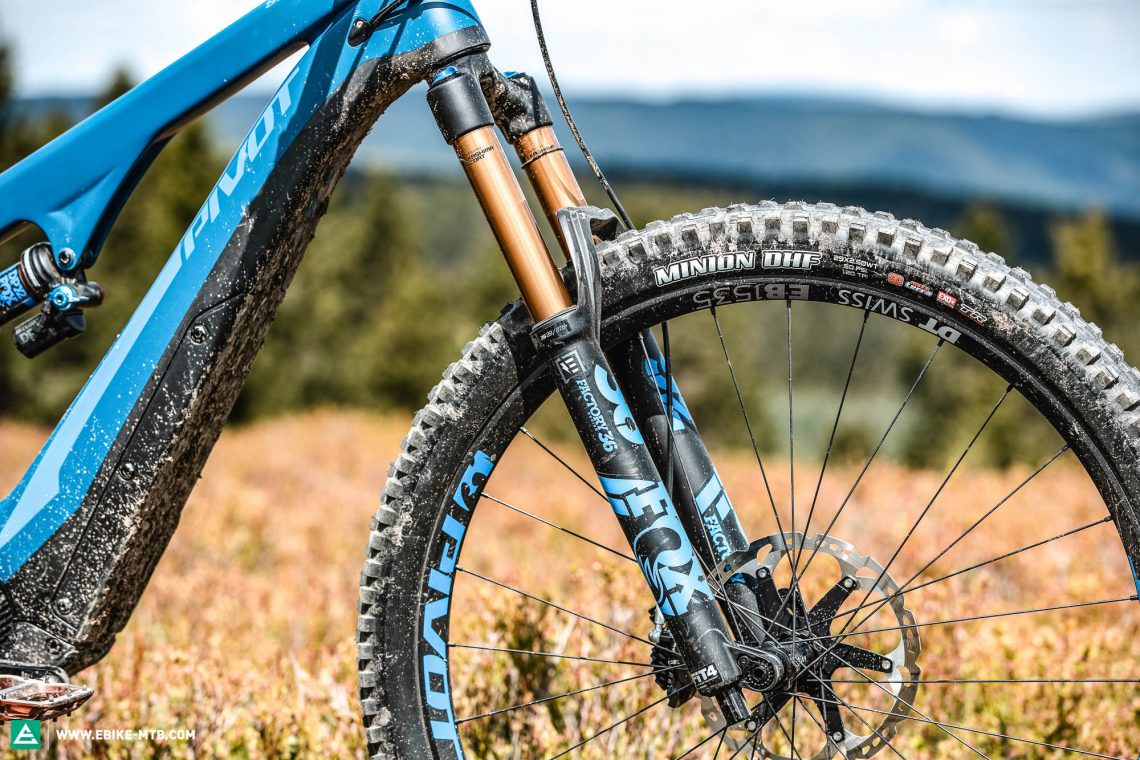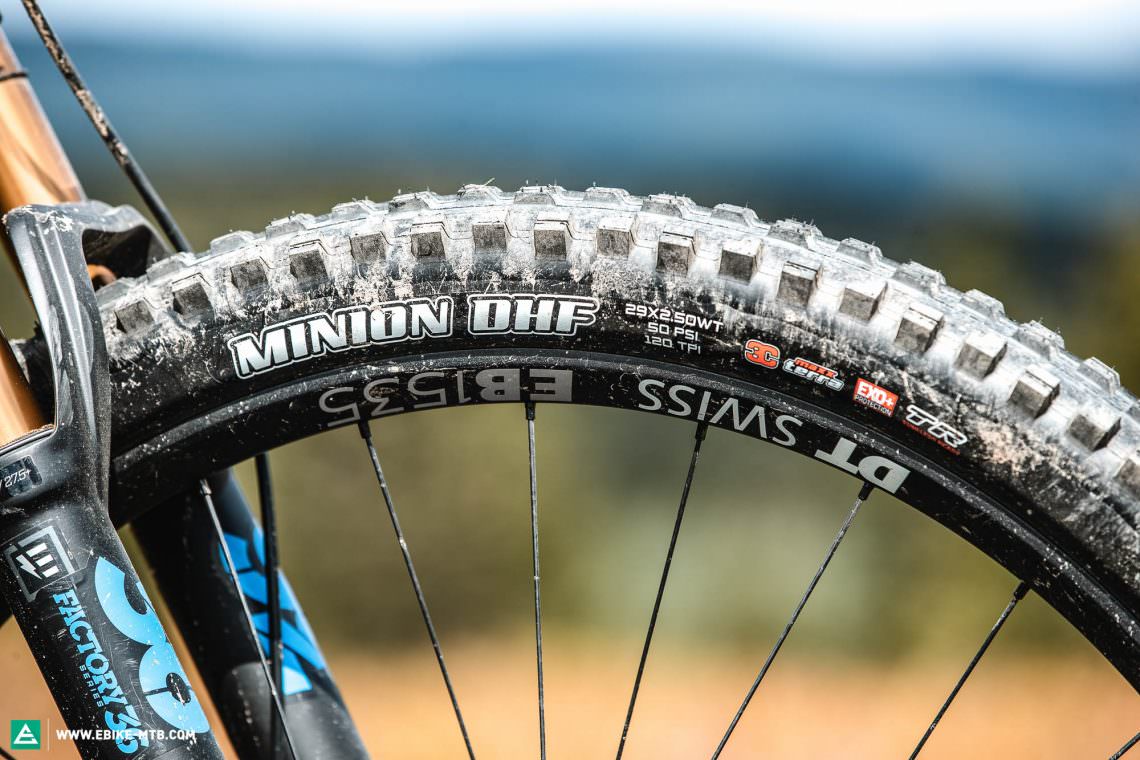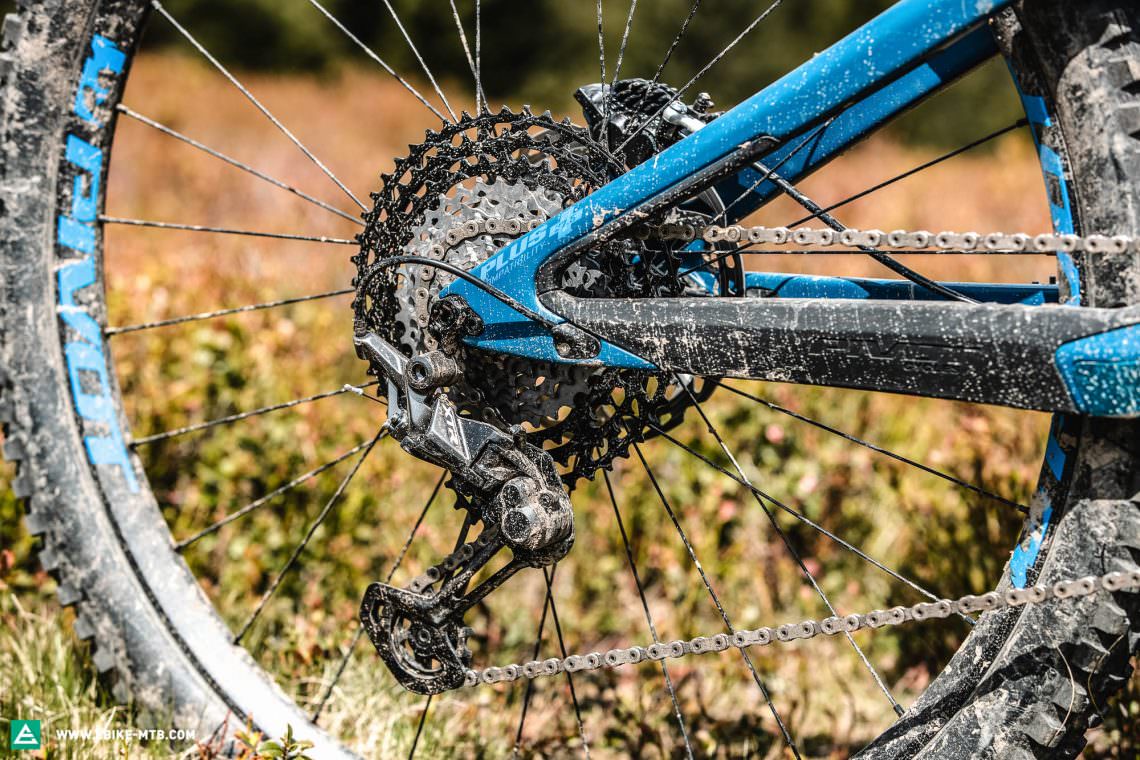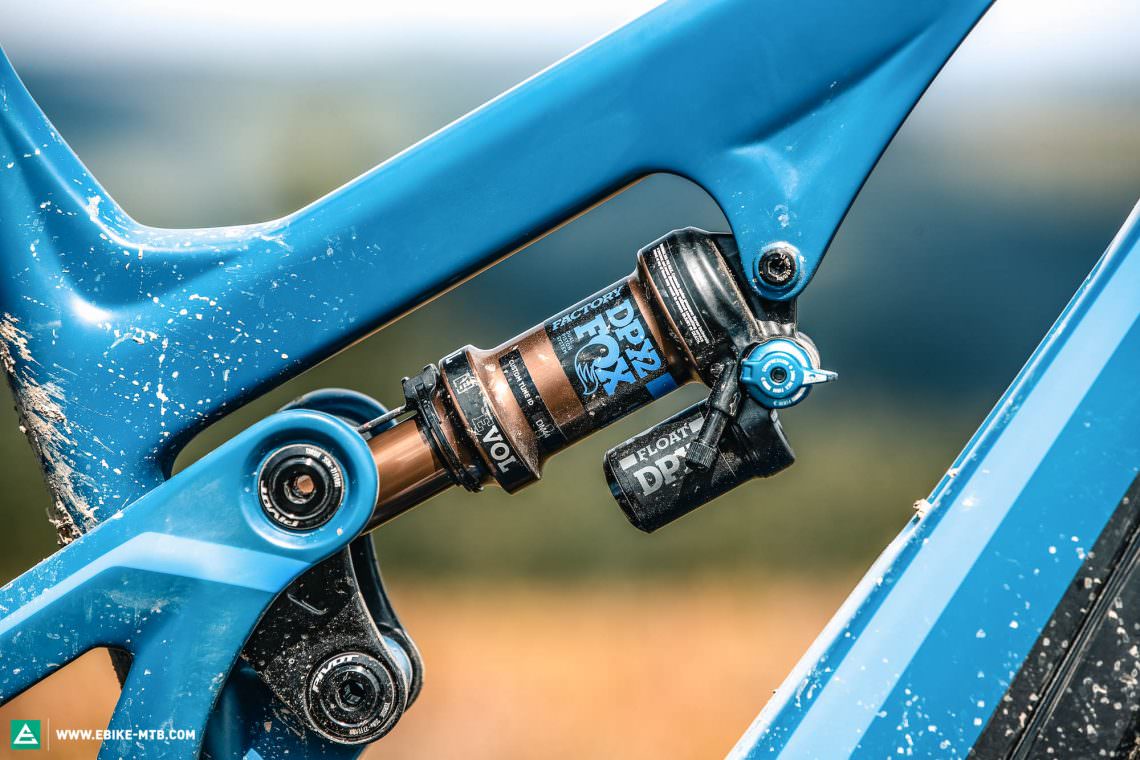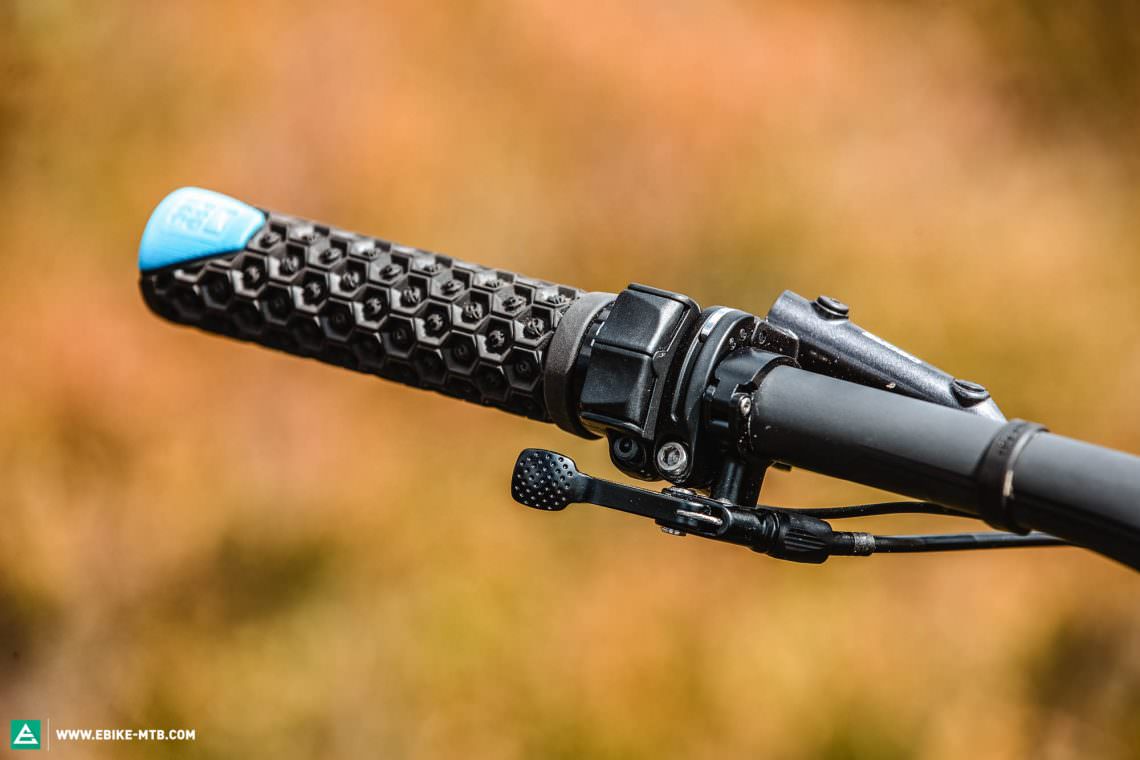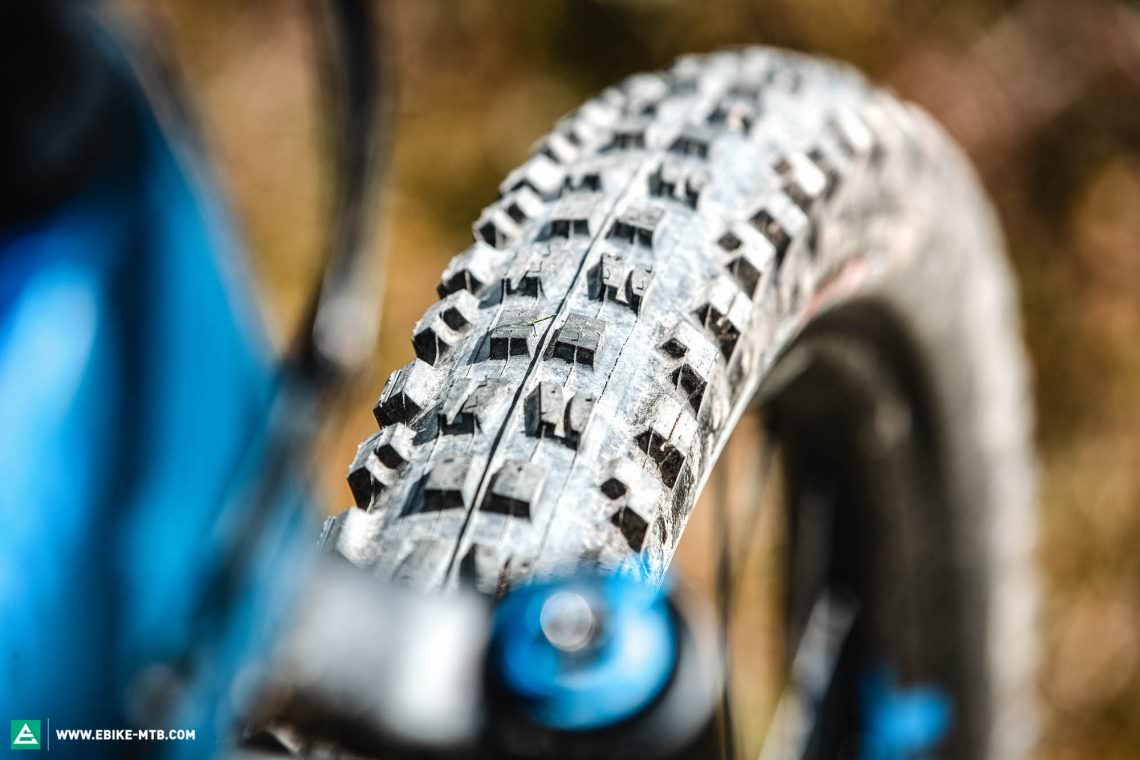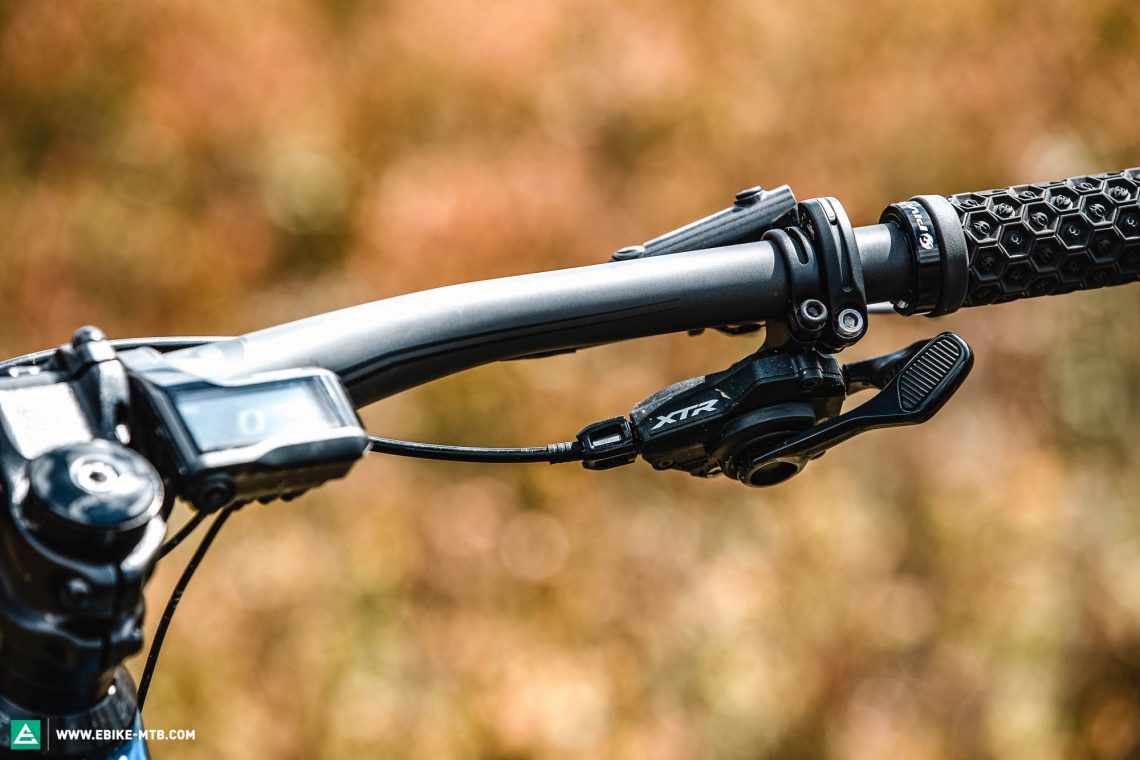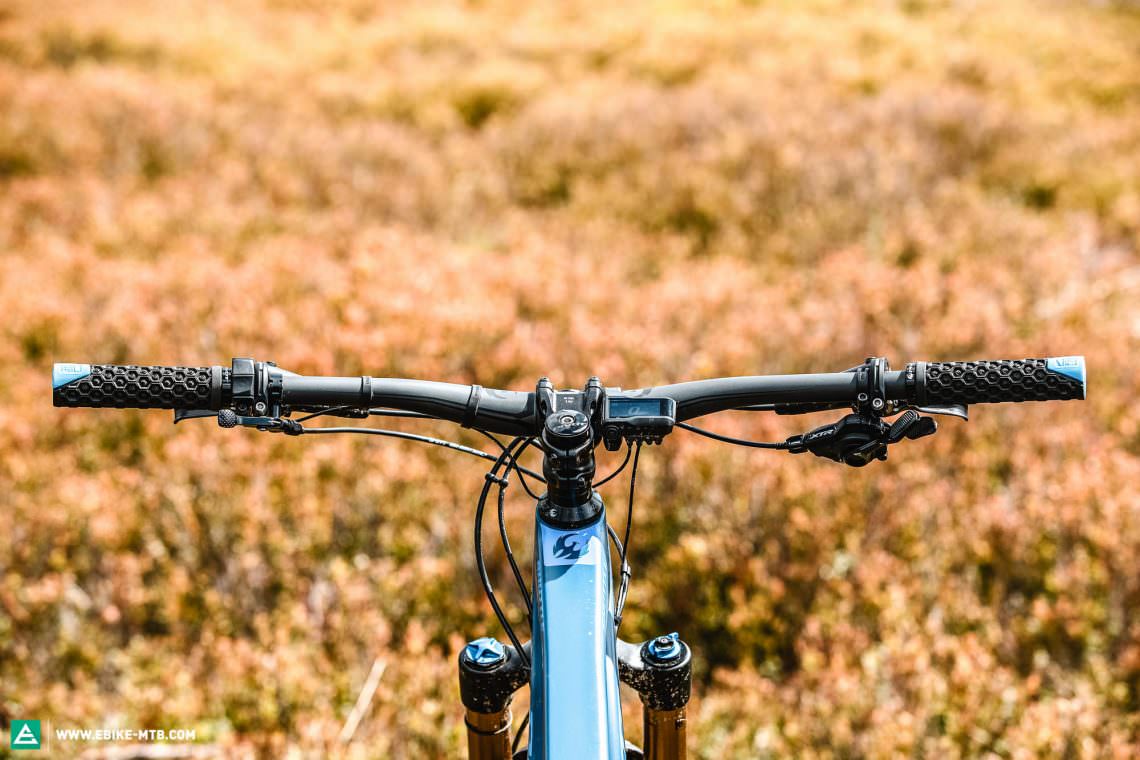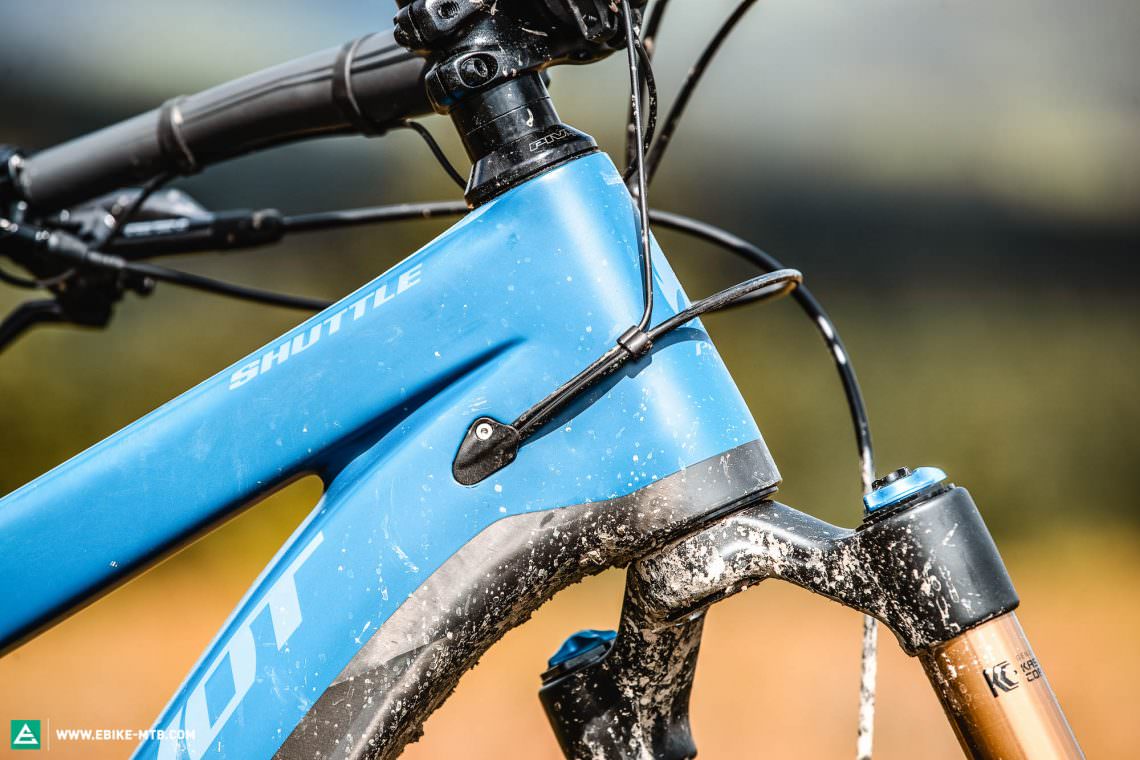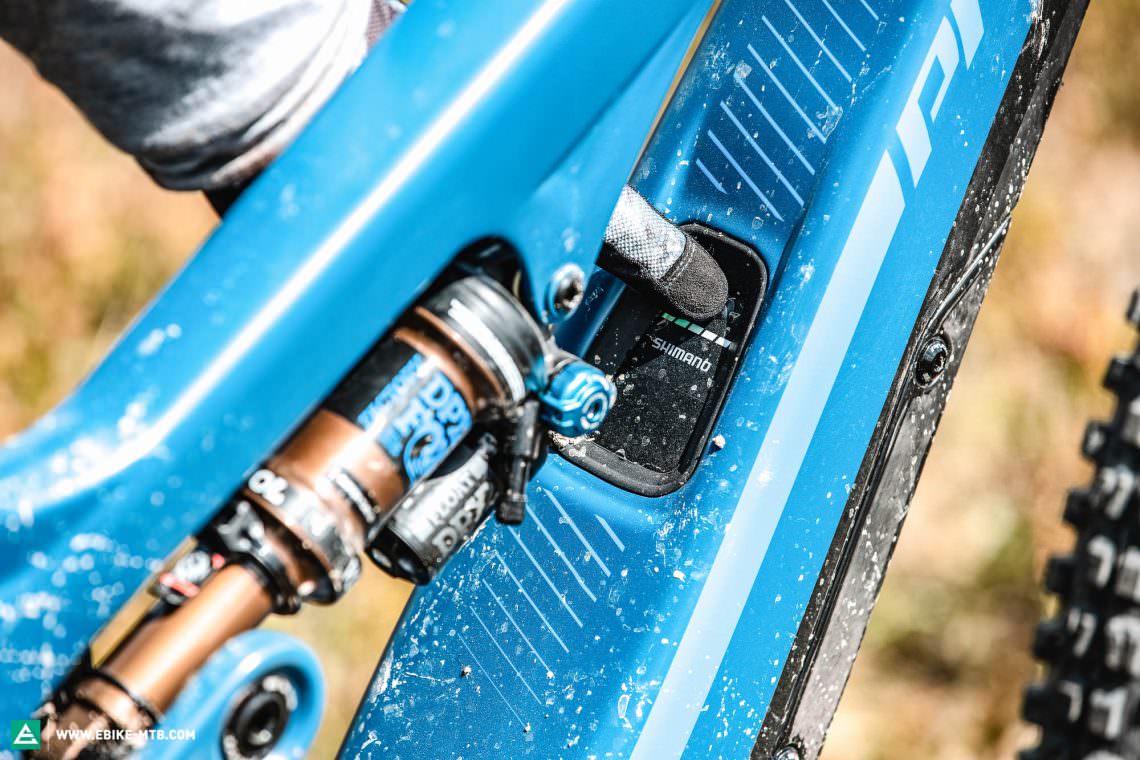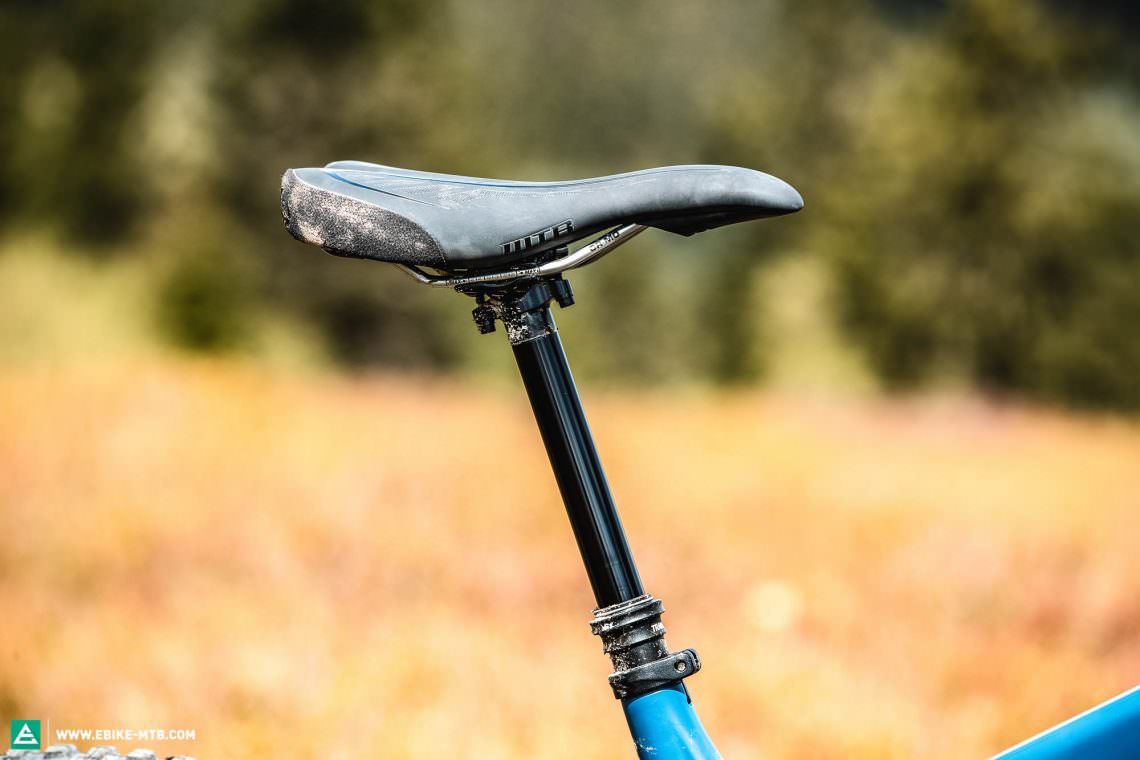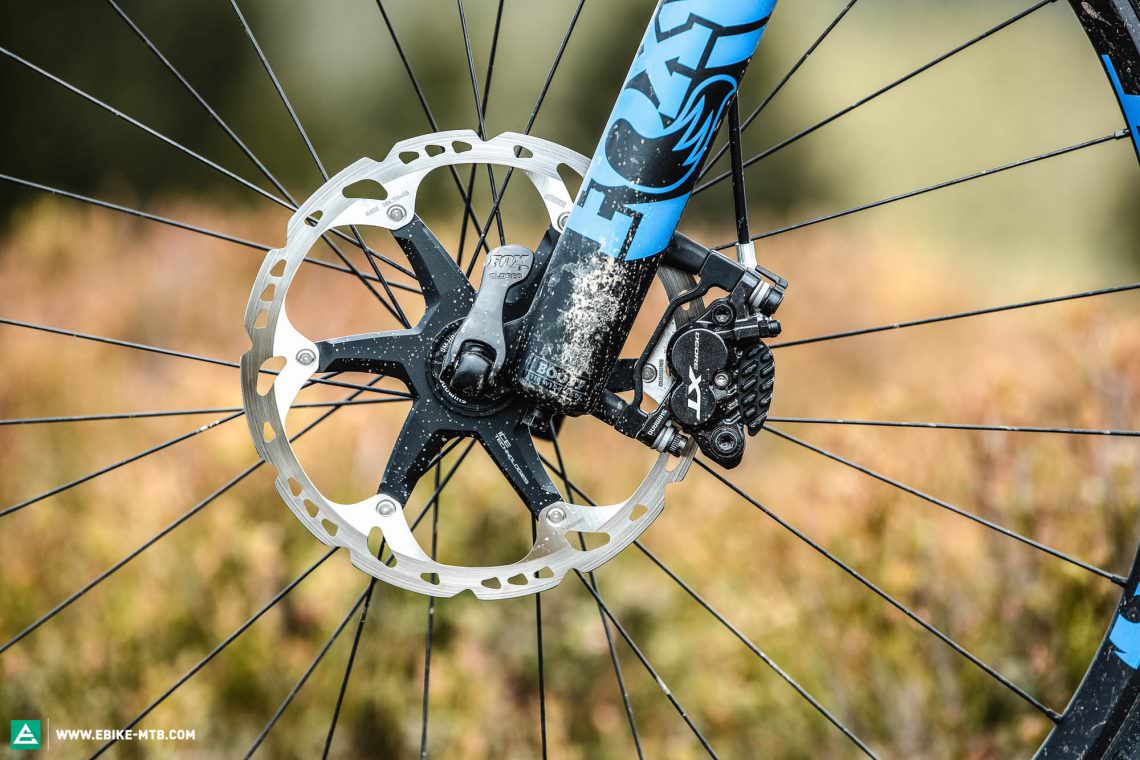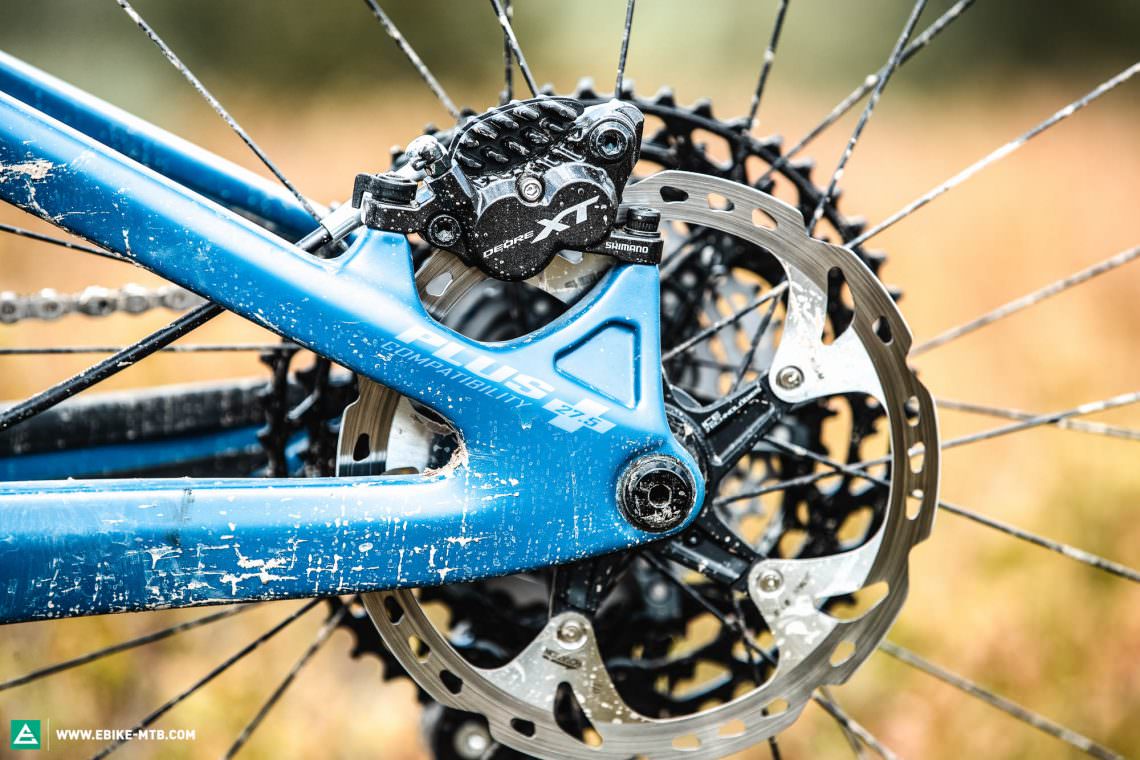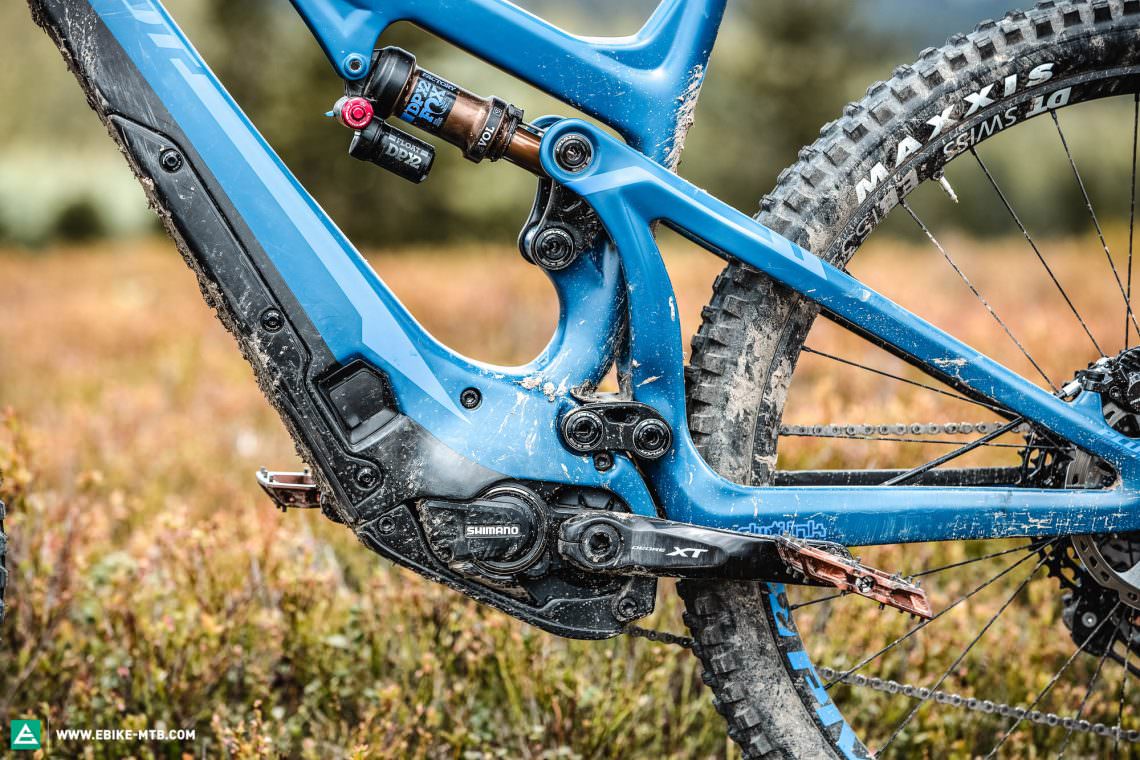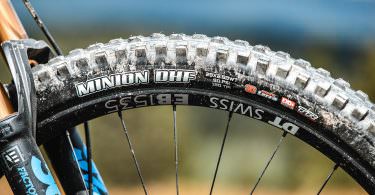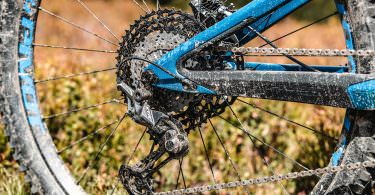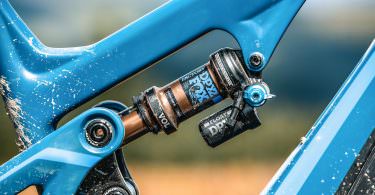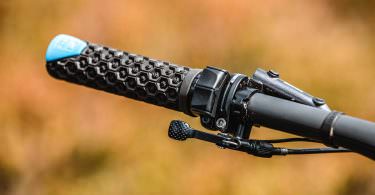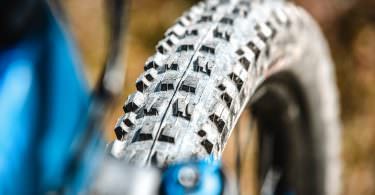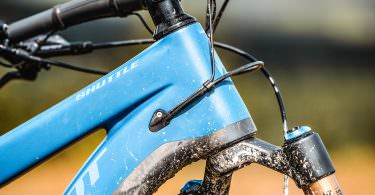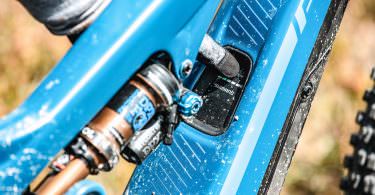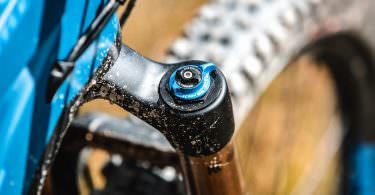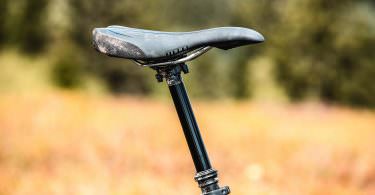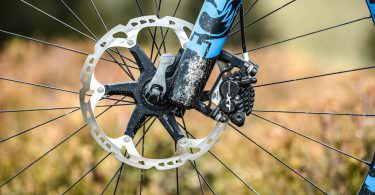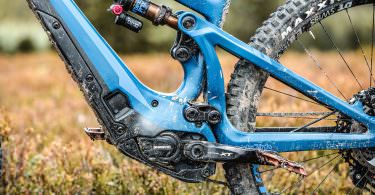After introducing the Shuttle almost two years ago, Pivot have now given it a few updates, including larger wheels and more travel. The eMTB of the high-end American brand is now also available in a more affordable version. Read on to find out if the changes are noticeable on the trail and if the lower end model isn’t even the better choice.
Introduced in the summer of 2017, Pivot’s first eMTB was an absolute surprise, as no one was expecting the Arizona based bike brand to release an eMTB so soon. We were all the more excited when we were invited to the press release of the new 2020 Pivot Shuttle. However, the first impression was a slight let-down. Taking a brief look at the bike, not much seems to have changed – but do we really need completely new bikes every year?
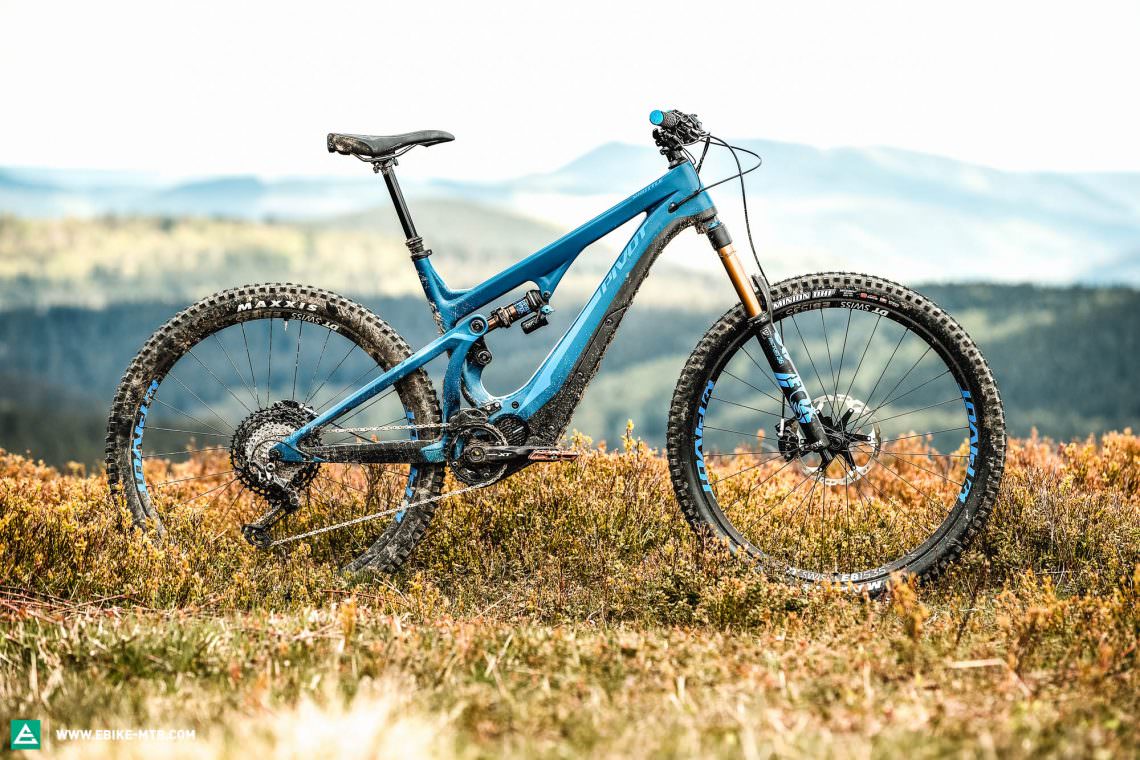
What’s new about the 2020 Pivot Shuttle?
Before we get to what’s new, let’s start with what hasn’t changed. The new Shuttle looks pretty much the same as of the first generation Shuttle and continues to be based on the same high-end full carbon frame. The 2020 Shuttle powered by a Shimano Steps E8000 motor and an integrated external 504 Wh battery, as before. You have to loosen eight screws to remove the battery cover. New here is the tool-free quick-release system allowing you to detach the battery from the frame more easily. Pivot say that this is the only way they can guarantee the necessary rigidity of the frame and thus forego a more user-friendly way of removing the battery.

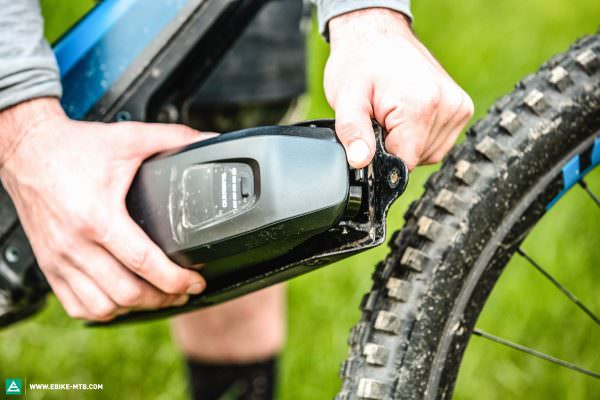
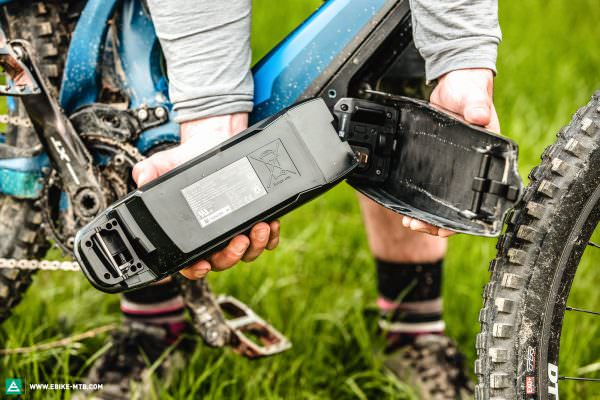
The Shuttle now comes stock 29″ wheels from DT Swiss. However, you still have the option of fitting 27.5″ wheels with a maximum tire width of up to 3″. The font travel of the Pivot Shuttle has been increased by one centimetre, specced with a 160 mm travel fork to iron over those rock gardens. The rear travel is limited to 140 mm.
Visually, the paint job of the new Shuttle has been toned down. Although the Race XTR model is available in blue, it dispenses with the neon yellow decals. The “cheaper” Team XT build for € 7,899 comes in an inconspicuous black.
The build specs of the new Pivot Shuttle
The most noticeable change in the componentry concerns the drivetrain, which has gone back to being mechanical. Instead of going full electric, Pivot prefers gear range, speccing the Shuttle Team XTR with a 12-speed Shimano XTR groupset. Braking is taken care of by a set of four-piston Shimano XTs. The suspension is supplied by FOX and consists of a FOX Factory 36 fork and a FOX Factory Float DPX2 shock on the flagship model. The Shuttle rolls on grippy Maxxis Minion DHF 2.5″ and DHR II 2.4″ tires fitted to ebike-optimised DT Swiss EB 1535 wheels. The in-house carbon cockpit leaves a high-end and tidy impression.
Fork FOX 36 Factory 160 mm
Rear shock FOX Factory FLOAT DPX2 140 mm
Motor/Battery Shimano STEPS E8000 504 Wh
Drivetrain Shimano XTR 12 speed
Brakes Shimano XT four piston 203/180 mm
Seat post FOX Transfer 150 mm
Stem Pheonix Team 45 mm
Handlebar Pheonix Team Carbon 760 mm
Wheels DT Swiss EB1535 29″
Tires MAXXIS Minion DHF/DHRII 2.5″/2.4″
Pivot Shuttle Race XT
For € 2,600 less, the € 7,899 Shuttle Race XT also gets FOX suspension, but the performance version in this case, consisting of a FOX Performance 36 fork and FOX Performance Float DPX2 shock. It comes with an 11 speed Shimano XT drivetrain. For the brakes, Pivot specs the Shimano BR-TM520, which is also a four-piston brake. They didn’t save on the tires, and the lower-end Race XT comes fitted with some high-quality Maxxis Minion DHF and DHR II tires. The whole thing rolls on DT Swiss EB 1935 wheels.
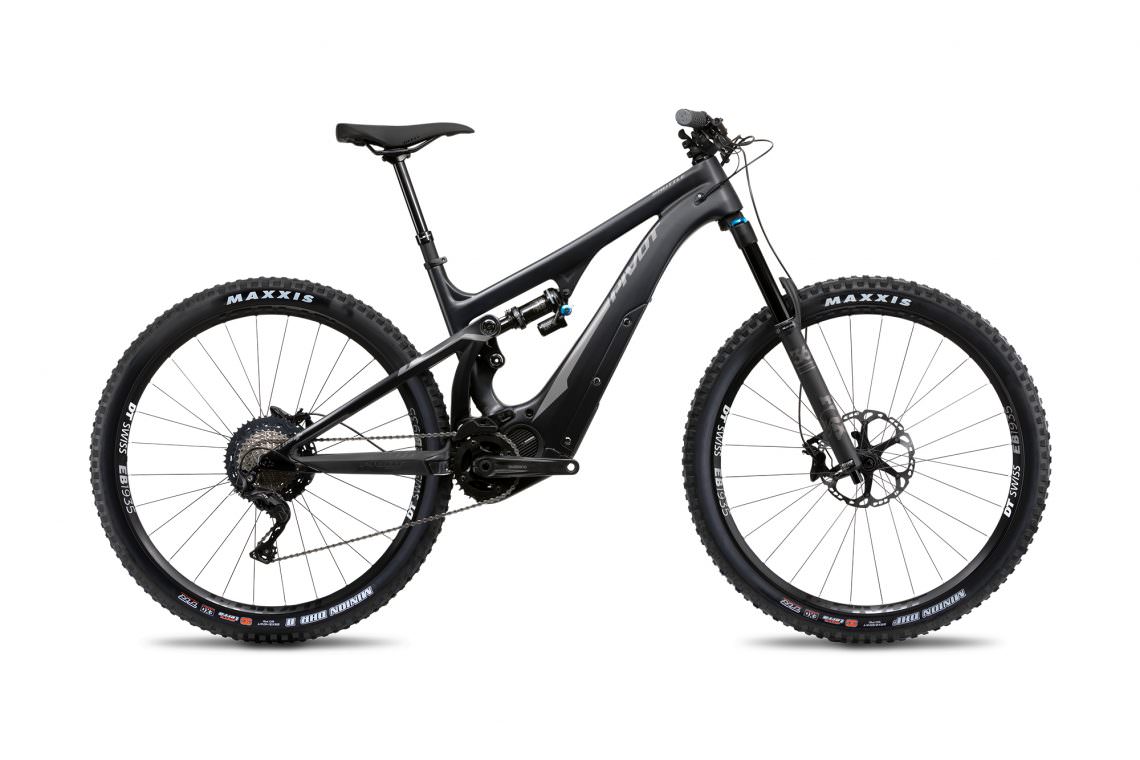
Fork FOX 36 Performance 160 mm
Rear shock FOX Performance FLOAT DPX2 140 mm
Motor/Battery Shimano STEPS E8000 504 Wh
Drivetrain Shimano XT 11 speed
Brakes Shimano BR-TM520 four piston 203/180 mm
Seat post FOX Transfer 150 mm
Stem KS Rage I 45 mm
Handlebar Pheonix Race Alluminium 760 mm
Wheels DT Swiss EB1935 29″
Tires MAXXIS Minion DHF/DHRII 2.5″/2.4″
The geometry of the new Pivot Shuttle
Due to the small changes in the travel and the wheels, the geometry has also changed slightly. Instead of a 65.8° head angle, the fork points at the ground at an angle of 65.2°. The chainstay has become longer by a barely worth mentioning value of 1 mm. The reach has shrunk by 6 millimetres, and the stack has grown by 4 mm. The biggest change has come to the BB which increased by 1.5 cm from 348 mm to 363 mm.
| Size | S | M | L | XL |
|---|---|---|---|---|
| Seat tube | 396 mm | 427 mm | 458 mm | 496 mm |
| Top tube | 600 mm | 619 mm | 641 mm | 667 mm |
| Head tube | 110 mm | 120 mm | 130 mm | 140 mm |
| Head angle | 65.2° | 65.2° | 65.2° | 65.2° |
| Seat angle | 74° | 74° | 74° | 74° |
| Chainstay | 438 mm | 438 mm | 438 mm | 438 mm |
| BB Height | 363 mm | 363 mm | 363 mm | 363 mm |
| Wheelbase | 1,182 mm | 1,206 mm | 1,230 mm | 1,260 mm |
| Reach | 419 mm | 439 mm | 459 mm | 484 mm |
| Stack | 607 mm | 616 mm | 625 mm | 635 mm |
The Pivot Shuttle Team XTR on the trail
The first few meters on-board the new Pivot Shuttle show that it has lost none of its comfort. The sitting position is upright and when standing up you find yourself in a very central position on the bike. Climbing, the Shuttle is agile and playful but still predictable. Getting over roots and ledges is easy with the 29″ wheels playing to their strengths. When things get really steep, the front wheel tends to lose contact with the ground from time to time, but you can get it back down by shifting your weight. Compared to the wide 2.8″ tires of the previous model, the narrower 2.4″ mini-DHR II at the rear offers almost the same level of grip. However, if you’re looking for maximum climbing traction, the Shuttle can also be built up in the MX fashion, putting a 27.5″ wheel at the rear and 29″ up front.
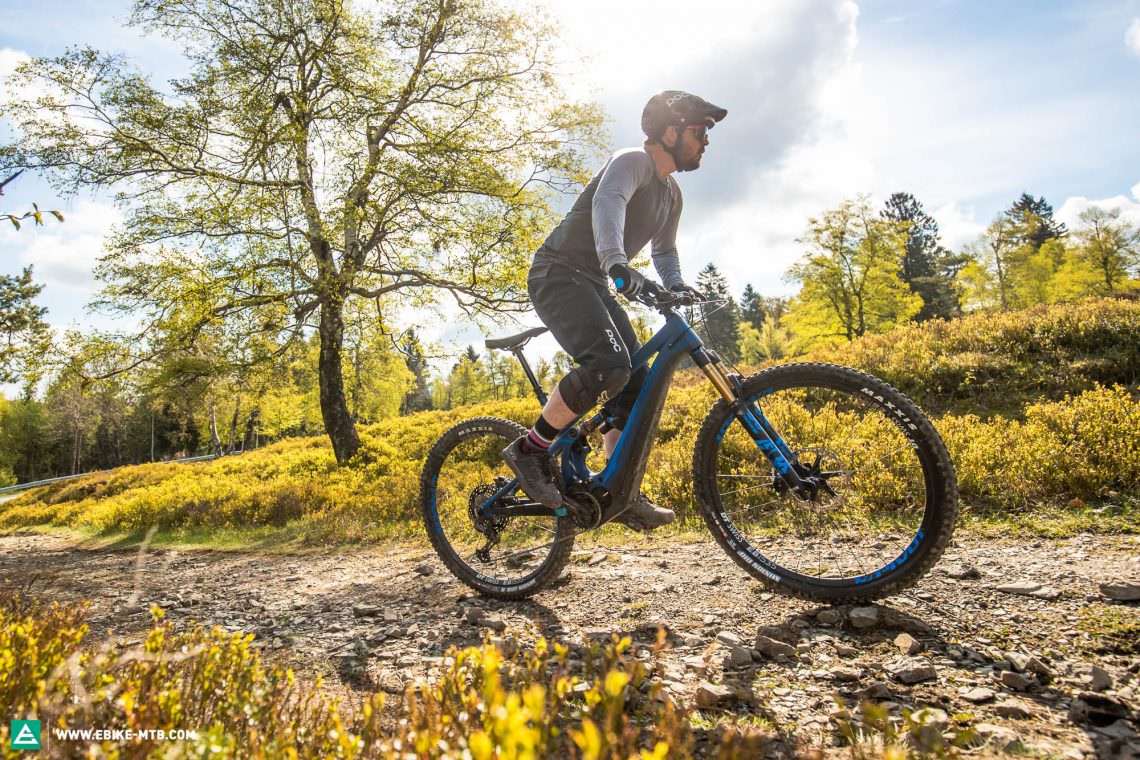


As soon as you turn down the first trail, the Shuttle immediately shows which terrain it was made for, which is steep and rough. On flat trails, the slack head angle of Shuttle wants to flop from side to side and because of the tall stack height, it takes a skilled and active rider to get enough weight on the front wheel. However, when things get steep, the Pivot shows what it’s capable of. You can chuck it into corners playfully and it demands little from the rider in return. The 140 mm travel at the rear gives the bike a firm and defined character, which urges you to pop off roots and ledges. Overall, the suspension is very sensitive and generates a lot of traction on rooty and rocky sections. On really hard hits or big jumps, the 140 mm travel at the rear reaches its limits. Considering the € 10,499 price tag, we really we would have wanted the four-piston version of the XTR brakes.

Is the lower entry Shuttle the better choice?
Unfortunately, we haven’t yet had the chance to review the Pivot Shuttle Race XT in detail, but just looking at the spec of the lower priced model, it leaves nothing to be desired. If you can do without some of the bling-bling and don’t have € 10,499 lying around for the flagship model, then the Race XT version is definitely the better choice.
Conclusion
With the new Shuttle, Pivot prove that short product cycles are becoming a thing of the past in the bike industry, and above all, that small improvements in the details are more than enough to keep a model going. Even if the changes seem only minor at first, the updates are a good development for ambitious eMTBers who like to take on demanding trails. The price tag of the flagship model is a bit hefty when considering the spec, so we would resort to the more affordable model, although it is still quite expensive at € 7,899.
Tops
- highly composed in demanding terrain
- sensitive and capable suspension
- high-quality workmanship
- agile and playful character
Flops
- componentry could be better
- complicated battery removal
For more information head to pivotcycles.com
Did you enjoy this article? If so, we would be stoked if you decide to support us with a monthly contribution. By becoming a supporter of E-MOUNTAINBIKE, you will help secure a sustainable future for high-quality cycling journalism. Click here to learn more.
Words: Photos: Stephan Peters




